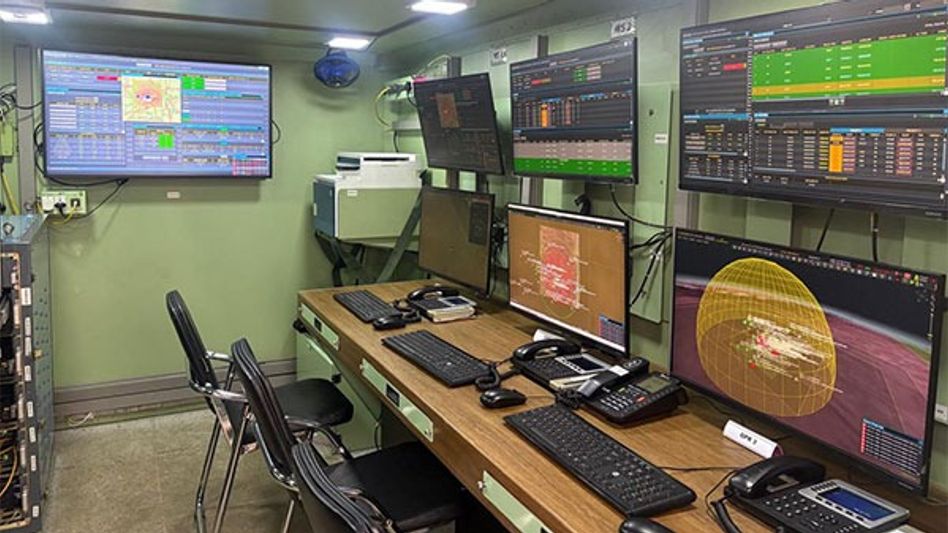Army's new air defence system Akashteer to bolster India's security
The Indian Army has achieved a major milestone through the development and phased induction of Project Akashteer. During recent real-time validation exercises, military leadership witnessed the system's capabilities in simulated combat scenarios.
 Army's new air defence system Akashteer to bolster India's security
Army's new air defence system Akashteer to bolster India's securityThe Indian Army has achieved a major milestone through the development and phased induction of Project Akashteer. During recent real-time validation exercises, military leadership witnessed the system's capabilities in simulated combat scenarios.
Akashteer's core strength lies in its sensor fusion technology, which combines data from Army Air Defence and Indian Air Force sensors to create a unified air picture. The system eliminates manual data entry, crucial when defending against supersonic aircraft that can cover 18 kilometres in just one minute.
Front-line units, particularly along the Northern and Eastern Commands, now have decentralized authority to engage hostile aircraft while maintaining safeguards against friendly fire incidents. The system integrates data from multiple radar sources, including 3D Tactical Radars and the Akash Weapon System, to provide comprehensive airspace monitoring.
The Indian Army has received 107 of the planned 455 systems, with 105 more expected by March 2025. Complete deployment is scheduled for March 2027.
The system features built-in redundancy to maintain operations during communication disruptions and can be upgraded to meet future challenges. Strike formations benefit from mobile platforms, while pivot formations use hardened, land-based installations.
Senior military officials praised the project team for advancing India's air defence capabilities. The system forms part of the Army's broader technological modernisation efforts, dubbed the "Decade of Transformation" and "Year of Tech Absorption."
Copyright©2025 Living Media India Limited. For reprint rights: Syndications Today









